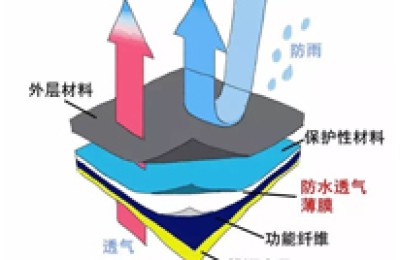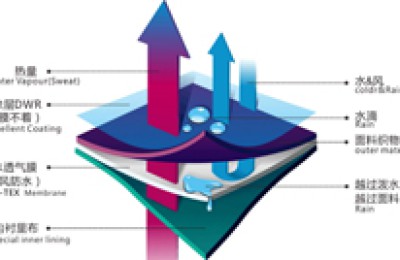According to Brazilian media reports, on January 5, local time, Brazilian President Jair Bolsonaro declared that the Brazilian government was bankrupt and said that he was powerless. According to Bolsonaro, due to the impact of the epidemic, Brazil’s economic crisis has been intensifying, leaving the government unable to respond. The Brazilian president said that he originally wanted to respond to the crisis by revising the income tax policy, but it is currently unable to be implemented. He hopes his supporters will accept this reality.
As one of the five BRICS countries, Brazil was the first country to declare bankruptcy under the weight of the epidemic. What impact will it have on cotton products?
Brazil is an important source country for China’s cotton imports. In recent years, China’s imports of Brazilian cotton have increased significantly. In 2019, the total imports of Brazilian cotton Reaching 505,400 tons, an increase of 172% compared with 2018. In 2020, only the available data from January to November show that China has imported nearly 480,000 tons of Brazilian cotton, and the total import volume for the whole year is expected to exceed that of 2020.
In 2020, among the countries from which China imported cotton, Brazil ranked second, with a volume of nearly 480,000 tons from January to November, accounting for 10% of China’s cotton imports. The total import volume accounts for about 27%, second only to the United States, and far exceeds the amount of Indian cotton imported.
Due to long-term excessive de-industrialization, Brazil has become increasingly dependent on the tertiary industry of tourism and catering. The global epidemic that began in early 2020 has had a huge impact on the tertiary industry. Many industries related to the tertiary industry in Brazil have experienced widespread unemployment and bankruptcy. Secondly, a large number of subsidies have increased the burden, resulting in financial difficulties making ends meet. The real’s price continued to decline against the yuan, the US dollar and other currencies.
The depreciation of the real is conducive to the export of cotton, its agricultural product. The resource quality is similar to that of US cotton and better-quality Xinjiang cotton, while China’s new season cotton has good-quality resources. It is expected that China’s import volume of Brazilian cotton will remain at a high level in 2021. U.S. cotton, which is similar in quality to Brazilian cotton, may face greater competitive pressure. </p







